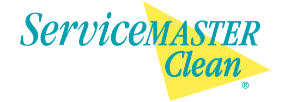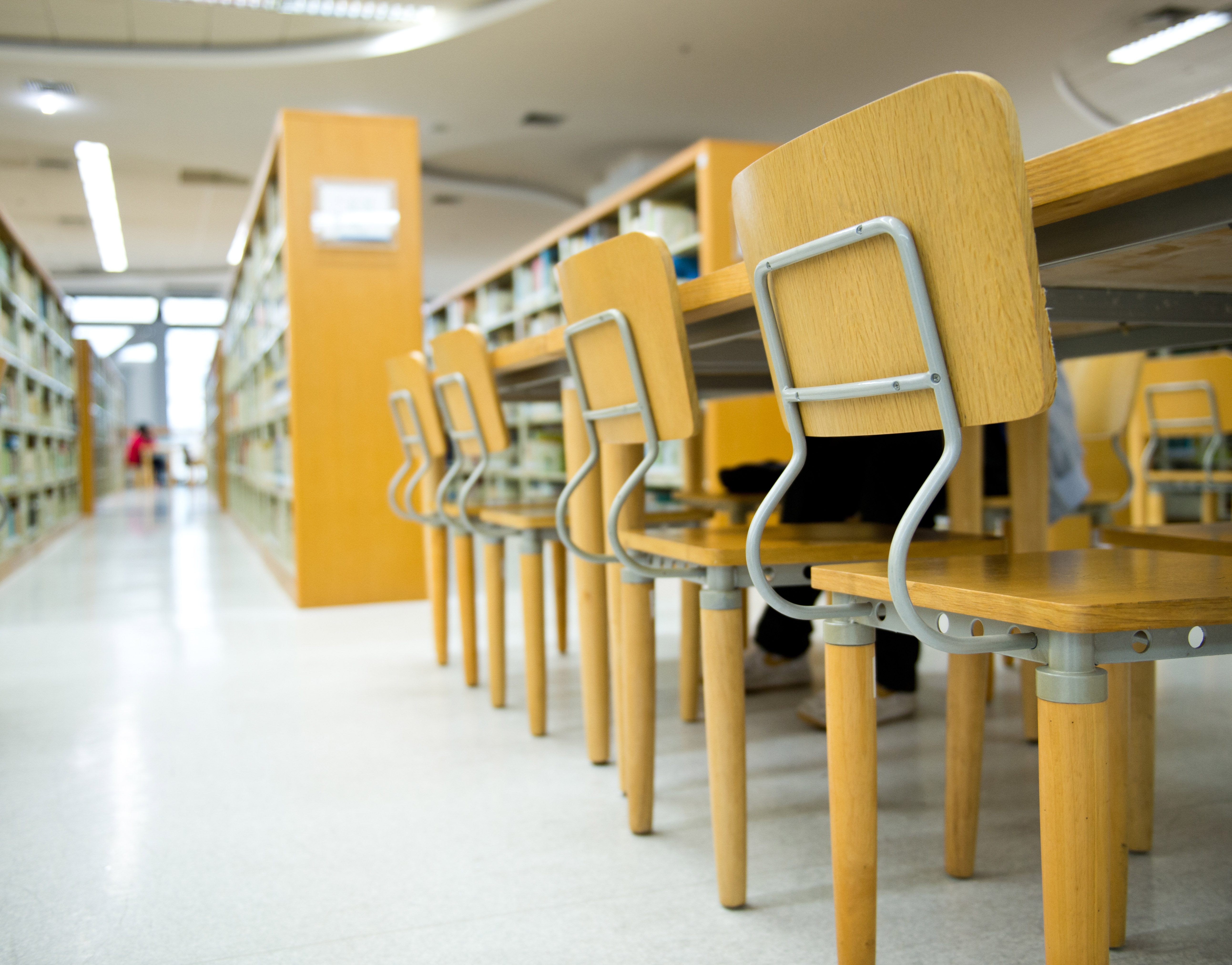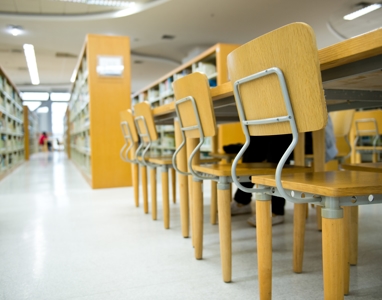School Classroom Cleaning Checklist
As a teacher, you do your best to create a healthy, friendly learning environment for your students. Part of your unwritten responsibilities includes keeping your classroom clean to reduce the risk of germs and bacteria from spreading, especially during flu season. According to the Centers for Disease Control and Prevention (CDC), there are some things you can do to stop the spread of illnesses in your classroom. With their tips in mind, we've put together a classroom cleaning checklist to help you keep your space tidy, organized and healthy for your students.
Tips for an Everyday Clean Classroom
While it can seem like the work of keeping a classroom fully cleaned and disinfected is never finished, there are some quick and simple tasks you can do throughout the day to reduce the spread of germs. Some preventative measures you can take every day to limit your and your kids' exposure to germs include the following:
- Wipe down high-touch surfaces with a combination cleaner and disinfectant regularly. Some areas may include desks, doorknobs, community school supplies and more.
- Keep hand sanitizer, tissues and cleaning wipes handy for you and your students to use throughout the day.
- Utilize no-touch trash cans in your classroom to minimize exposure to bacteria and germs.
- If you feel sick, stay home.
- If a student looks or feels sick, encourage them to see the school nurse and stay home until all contagious germs are gone.
Weekly Classroom Cleaning Checklist
Several areas in a classroom can become breeding grounds for germs. Books, desks, whiteboards, shared supplies and even toys can become infected within seconds. To help keep germs to a minimum, use this classroom cleaning checklist in your room at least weekly:
- Disinfect high-touch areas. Desks, chairs, door handles and play areas should be cleaned first.
- Use cleaning wipes for electronics. Computer keyboards, phones and items like iPads used in classrooms require regular cleaning to minimize germs.
- Clean the floors. Carpets and hard surfaces like linoleum are magnets for germs, especially in high-traffic areas like rooms, gymnasiums and cafeterias. Find out if your janitorial crew already does this step during their regular cleaning regimen.
- Dispose of waste in a timely manner. Cloths or towels used for cleaning should be washed or disposed of immediately. When emptying trash cans, avoid touching used tissues or other waste that can transfer germs onto your skin. Wash your hands immediately after disposing of waste to avoid the spread of pathogens.
USE A PROFESSIONAL CLEANING SERVICE
Tackling small tasks daily and bigger tasks weekly, you can keep your classroom clean and tidy all school year. If your school needs help tackling classrooms, cafeterias, gymnasiums and other populated areas of your school, call on the experts to get the job done right. Our janitorial services for education can help protect the health of your students and staff by cleaning and disinfecting every space in your school. We also offer SaniMaster, a comprehensive cleaning and disinfection service that uses EPA-approved disinfectants and health-grade cleaning technicians. With over 60 years of experience in the industry, ServiceMaster Clean has an unwavering commitment to the highest quality of clean.




